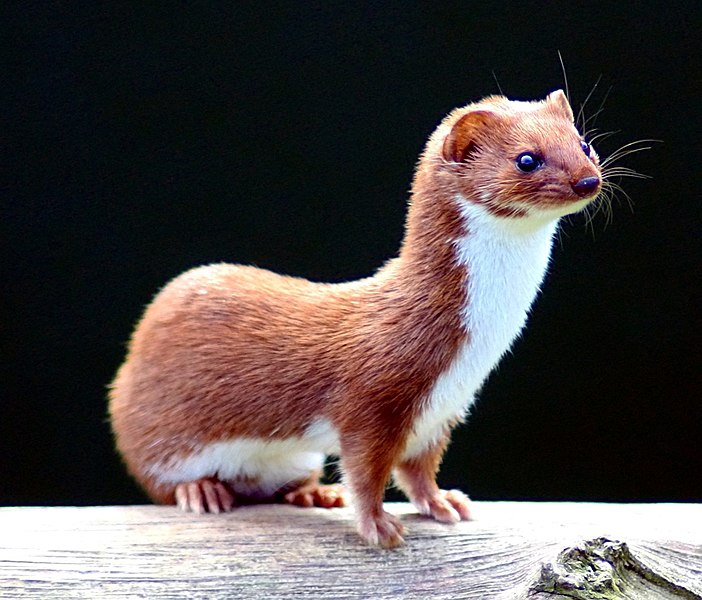Looking Outwards: Weasel Program
So I was browsing along and came across this interesting site:
http://www.mauriciogiraldo.com/vgline/beta/
While not at all related to Synthesis itself, it did have a quick mention of Spore, which was tagged as being related to the “Weasel Program”. Unfamiliar with this curiously named piece of software, I, of course, had to look it up:
http://en.wikipedia.org/wiki/Weasel_program
The basic idea behind this is that there is a set target, and then two “parts” to the program. One (A) generates a set of random sequences of letters and/or punctuation marks that are a given length. A second part of the program (B) then compares these “phrases” to a supplied phrase. If it finds similar characteristics between the two phrases, it tells the first part of the program. (A) then repeats the process with random mutations in the next generation and has them compared again.
Over time this causes the evolution of the target phrase through random mutations. Reading the Wikipedia article shows this is almost exactly like what Golan showed us this morning. To put this in a more significant context:
The program is a vivid demonstration that the preservation of small changes in an evolving string of characters (or genes) can produce meaningful combinations in a relatively short time as long as there is some mechanism to select cumulative changes, whether it is a person identifying which traits are desirable (in the case of artificial selection) or a criterion of survival (“fitness”) imposed by the environment (in the case of natural selection). Reproducing systems tend to preserve traits across generations, because the offspring inherit a copy of the parent’s traits. It is the differences between offspring, the variations in copying, which become the basis for selection, allowing phrases closer to the target to survive, and the remaining variants to “die.”
Try this theory here: http://home.pacbell.net/s-max/scott/weasel.html
